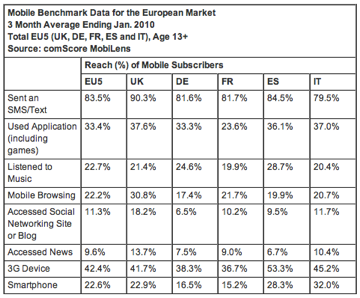 Recognizing that pet lovers are increasingly relying on mobile technology for their information needs, Nestle Purina PetCare Co. has expanded the reach of its Petcentric offering.
Recognizing that pet lovers are increasingly relying on mobile technology for their information needs, Nestle Purina PetCare Co. has expanded the reach of its Petcentric offering.The Petcentric application is now available for BlackBerry users, and a new version with upgraded features is offered to iPhone users. With the enhancements, the application is available to more than 66 percent of the smartphone market. “We wanted to provide Purina users with a high-functioning destination to access all of the Petcentric content,” said Alexandre Mars, Paris, France-based CEO of Phonevalley and head of mobile at Publicis Groupe. “With an app as robust as Petcentric – location-based functionality, user generated content, gallery, videos, news and tips – it made the most sense to start with apps. With the recent upgrades, the application now provides pet owners an even more engaging mobile experience through location-based utility, entertaining content featuring videos and photos, and relevant pet information.
“That being said, apps are only one part of Purina’s 360-degree mobile strategy,” he said. Purina's Petcentric is now available to 500,000 iPad owners. The new features offer a gallery of top pet news stories and videos every day, and new ways to search for professional pet sitters and pet-friendly places using GPS technology.

find pet-friendly places
“This localized and timely utility is the inherent great thing about mobile applications and the mobile Web,” Mr. Mars said. “Also, consumers love to look at great pet videos and pics and we’ve got all that in one location.”

Browse some pet photos
Pet lovers can rate and comment on pet-friendly locations and add their own favorite places. Petcentric has proven to be very popular with pet lovers who use smartphone technology.

























